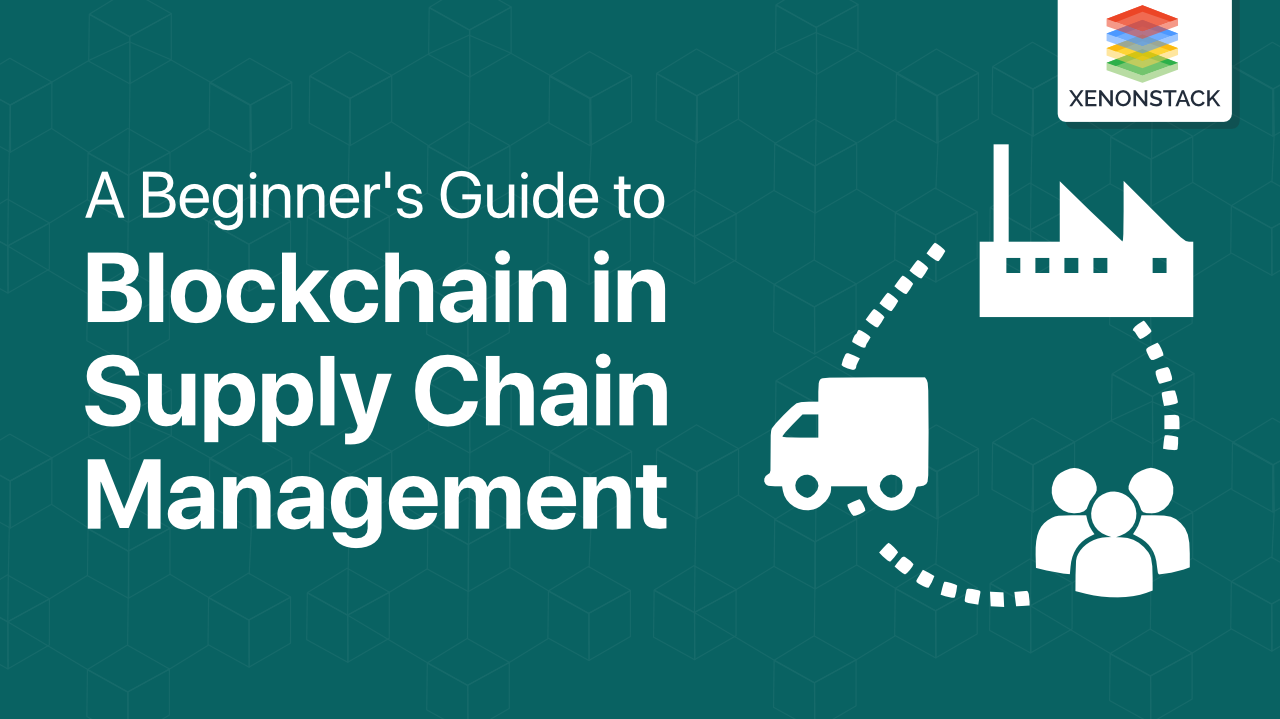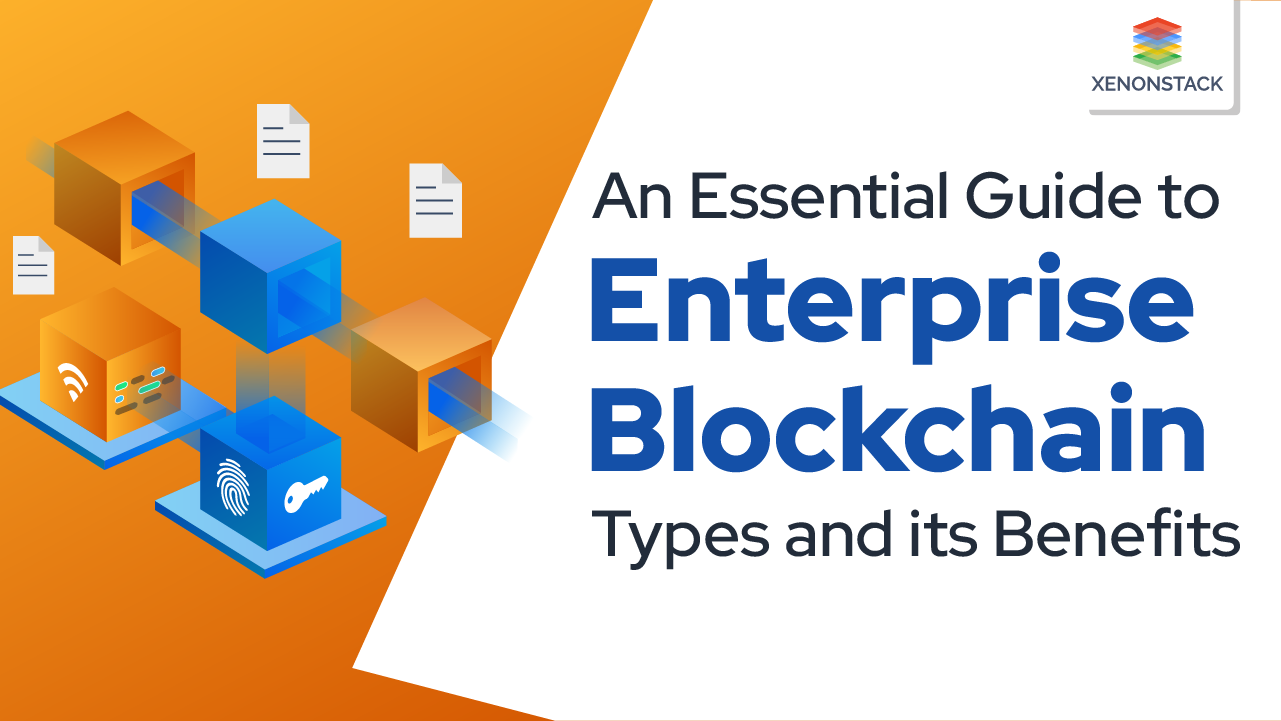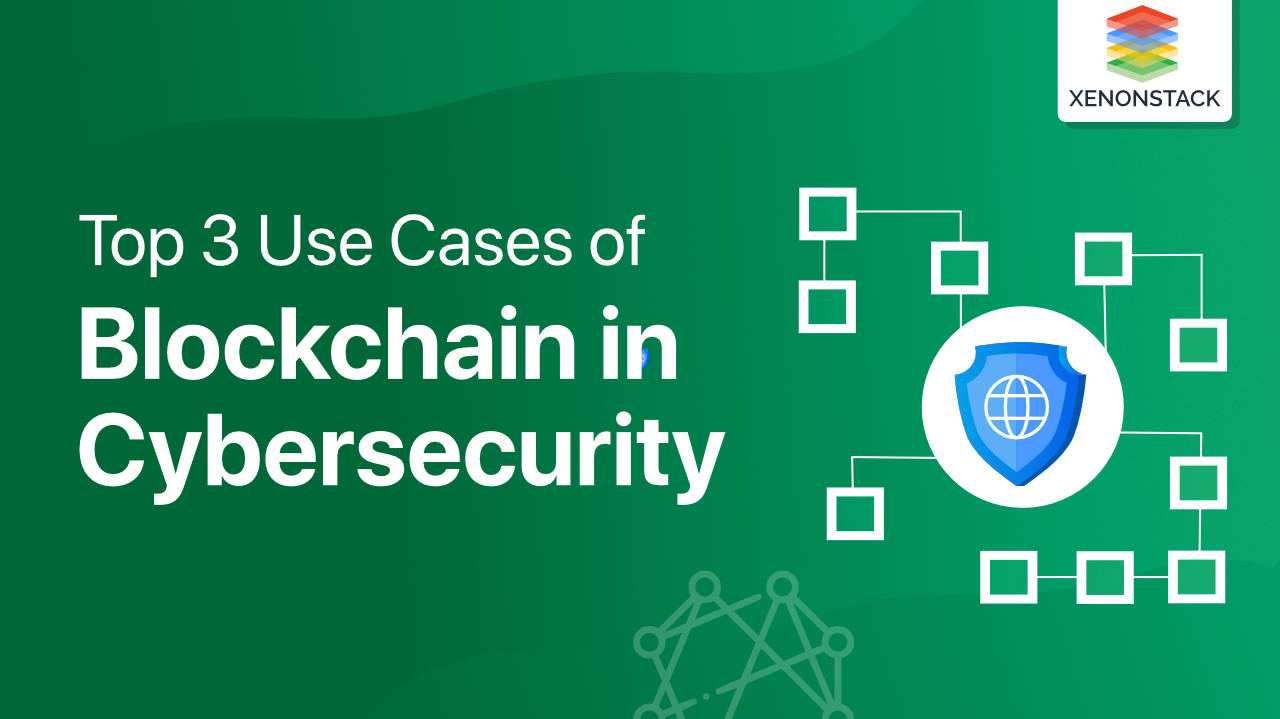
Introduction to Supply Chain Management
It is the heart of all the delivery processes of the products to the customers. The supply chain's role is to deliver the product at the right time to the right customer wherever possible at the right cost. It is critical to keep customers happy and to meet their expectations.
But, with the introduction of a good Strategy, there are also issues. Industries see disruption in it can lead to increased costs and loss in revenue, and these disruptions tend to increase with the absence of timed and trusted data. Industries want a transparent and reliable solution to deliver products and services with the help of supply chain management to the customers while having clear and concise data. Thus, incorporating it in this Management Strategy builds trust and transparency for all stakeholders while providing customer benefits.
It provides seamless connectivity and is powered by smart contracts and permission to access all electronic medical records. Click to explore about our, Blockchain in Healthcare Industry
What is Blockchain?
It is an internet-based technology that creates a decentralized and distributed system of anonymous and immutable transactions. This technology was created to support Bitcoin transactions, which operate differently from a traditional banking system. It provides a record of transactions of thousands of bitcoins to computers linked on a network. It is more secure than any banking model, and instant online transactions help avoid two to three-day clearing times and the cost of transferring money from one bank to another.
Complex systems are set in place to validate the accuracy and integrity of transactions. There is no intermediary, so it avoids the risk of criminal activity and invalidated transactions. It is categorized into two sections. One is "Permissionless," such as Bitcoin, which is kept in the public domain, while the other is "Permissioned," which is centralized and governed by nodes or miners, kept outside the public domain. This categorization holds an essential value for its methods.
The insurance industry and customers are affected due to fraud reports and fraud insurance accounts for property and casualty losses. Click to explore about our, Blockchain for Insurance Industry
Implementing it in the Supply Chain
The complexity of supply chain management has a good enough reason for it to become a potential solution to some fundamental issues, such as traceability, visibility, counterfeiting, and efficiency. Most practitioners know they have access to a good amount of data, which they can share with the supply chain in real-time with great speed. To access its practices for supply chain management, Let's look into these areas:-
Replacing slow and manual process.
It can access a lot of data and handle large and complex data sets. But most processes, especially in the lower supply tier, are slow and entirely on paper.
Traceability
Increasing customer demand is already driving change. Thus, improving traceability also adds value to the supply chain process and avoids the high cost of quality problems such as recalls, loss of revenue, and reputation damage. Thus, simplifying a supply chain offers more valuable opportunities.
Reducing supply chain cost
Reducing costs is also essential, and this benefits more theoretically than actually. Bitcoin pays people to validate each transaction and requires more people who propose new fees with blocks in their proposal. Also, creating and maintaining too many data sets copies would be impractical in the supply chain management strategy, especially in the permissionless technology.
The Biggest Blockchain Barriers
When adopting this technology for their supply chain, companies must first decide what kind of it they need to build. Bitcoin's approach is a permissionless blockchain of unknown or untrusted parties. It is in the public domain and uses a consensus validation protocol to establish trust in each block. These technology have no central database or central governance.
By the way, most parties are known and trusted because the people or customers want their details hidden from others. They don't want to disclose their details, such as demand, prices, margins, orders, and capacities. That means most practitioners require a permission supply chain strategy to govern and restrict the access of selected people to a limited data segment.
Theoretically, this allows validating each proposed block in the supply chain strategy. But, it is most likely that only a few blocks are validated when all parties are known. A few trusted parties limit the need to independently validate consensus protocols used in the public domain.
Many transactions and data are going through the current management system. The systems are imperfect, and Supply Chains are facing issues with visualizing and analyzing data. That data is difficult to access or formatted in a tough way to understand.
Build high end and cost-effective Decentralized Application (dApp) and Smart Contracts using Ethereum Platform. Click to explore about our, Blockchain Technology Protocols
What are the best practices for its implementation?
According to Mckinsey, It can be a prominent solution for its Strategy, But it is in a developing stage. There are some views on it :
- It is not able to capture a huge number of untrusted parties.
- It's current capacity is far from the supply chain needed for customers.
- Delivering transparency and traceability can be done by other means, not just by its technology.
- The cost of developing and running it is not clear.
For the supply chain where parties are unknown, it can add value to transparency and traceability. And, for the known parties, a centralized database approach is more than enough. This doesn't imply that the Supply chain is working on a fully followed approach, as most of their data is siloed with minimum traceability. This is not enough to estimate the cost of developing and operating it in a supply chain world.
Leading Industries leveraging this Technology.
FedEx
FedEx has incorporated it in the chain of custody to provide traceability and trustworthy record for addressing customer disputes.
Walmart
This retail giant is going for worldwide visibility and traceability of products to maintain sourcing by implementing it.
DeBeers
DeBeers uses it to trace technology to monitor the source and progress of every diamond they mine.
Ford
Ford is utilizing this technology to track cobalt supplies, an essential element for electric car batteries.

Conclusion
A wide range of companies is going toward adopting blockchain technology in areas like intelligent contracts, purchase orders, and demands. Thus having some issues and capability gaps between blockchain and supply chain. It is still a potential option for monitoring and tracing products that a company has to offer. It greatly offers help in network effect and provides a more efficient and secure platform for many industries.
- Discover here about Digital coupon platform using blockchain
- Know more about Master Data Management Architecture


